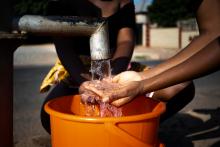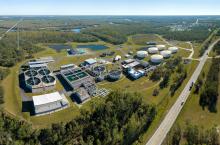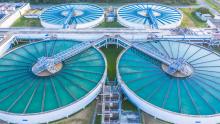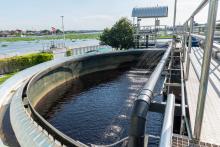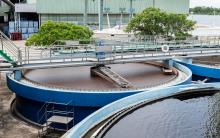Keppel Seghers Waste-to-Energy Plant, Singapore
Following the 1979 construction of Singapore’s first Waste-To-Energy (WTE) plant, the Singapore government would go on to construct three more WTE plants for the country under Design-Build (DB) contracts with the private-sector. This left the government responsible for the financing and operational risk, which was also capital intensive in construction and operation.



